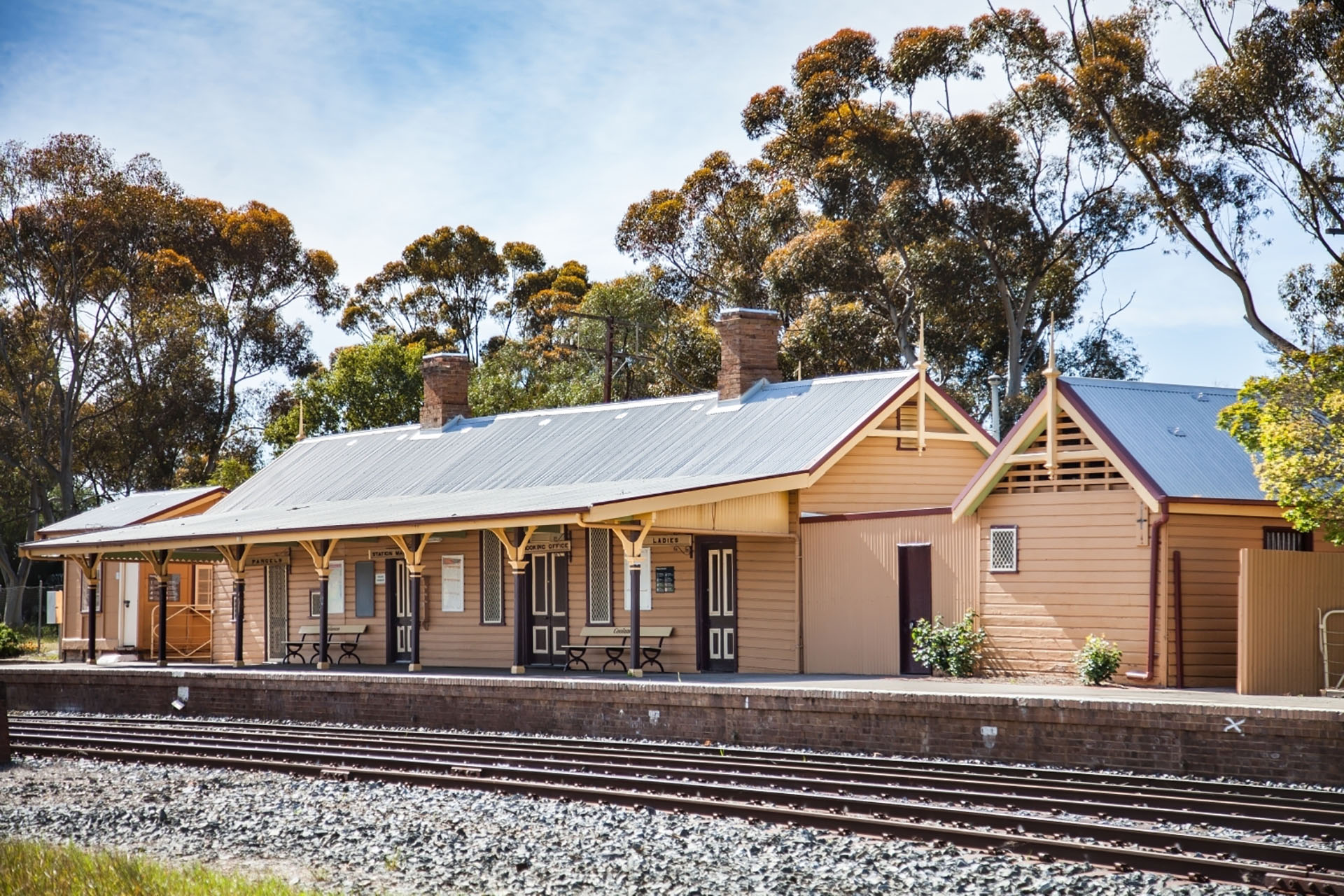Dear Conveyancing Professionals,
As you guide your clients through the property purchasing process in New South Wales, it is essential to consider the risks and potential costs associated with properties flagged as being on bushfire-prone land or at risk of bushfire. NSW is one of the most bushfire-prone regions in the world, and the devastating 2019–2020 bushfires serve as a stark reminder of the severity of these events. Understanding and addressing this risk is paramount—not only from a safety perspective but also in terms of financial implications.
A primary concern for properties on bushfire-prone land is compliance with specific planning and building regulations. The requirement to consider bushfire protection measures in development was introduced on 1 August 2002. As a result, it is highly unlikely that properties built before this date include any bushfire-specific protective design features. While updated guidelines such as the NSW RFS Planning for Bush Fire Protection 2019, the National Construction Code (NCC) 2022 and specifically Australian Standard 3959: building in Bushfire Prone Areas is a legislated requirement, they apply to new builds and all renovations / developments. There is a requirement to retrofit properties when doing additions or renovations and this often catches people out as the costs can be significant or prohibitive.
Understanding a property’s Bushfire Attack Level (BAL) is critical. The BAL assessment determines the potential exposure of a building to bushfire impact and directly influences the construction standards required. Failing to assess the BAL prior to purchase can result in significant unforeseen costs during future renovations or development. Higher BAL ratings demand the use of expensive, fire-resistant materials and specialised construction techniques.
Moreover, as highlighted in the NSW Bushfire Inquiry, there is increasing emphasis on property owners undertaking site mitigation works. Recommendation 28 of the Inquiry encouraged the NSW Government to collaborate with the Insurance Council of Australia to develop incentives for these mitigation measures, aiming to reduce insurance premiums. This trend points to potential increases in premiums or greater difficulty securing insurance coverage for high-risk properties.
There is a clear opportunity for conveyancers to support their clients and ensure transparency before exchange. By recommending a pre-purchase bushfire risk assessment, you empower your clients with the critical information they need to make informed decisions. Consider integrating information about bushfire risk assessments into your client advisory process—it’s a valuable step toward ensuring your clients’ property purchase is a safe and secure investment. This risk is further compounded by the additional costs involved in developing, renovating, or building on bushfire-prone land. With the recent wildfires in Los Angeles still fresh in the minds of the insurance industry, it is only a matter of time before rising insurance costs become another major consideration.
To find out more, reach out to Ben from www.bushfireriskassessment.com.au. His company can provide instant advice about a property’s bushfire risk and offers a bespoke service to help purchasers understand the full implications of living on bushfire-prone land.
We’re also planning to host a best-practice webinar and information session for those interested—stay tuned for further details.
Articles for consideration or further reading:
https://www.abc.net.au/news/2025-04-15/climate-disasters-making-insurance-unaffordable/105176878
Ben Watson
Bushfire Risk Assessments Pty Ltd
https://bushfireriskassessment.com.au/





